SUMMARY
This is AI generated summarization, which may have errors. For context, always refer to the full article.
![[ANALYSIS] About those 800,000 votes from Cavite](https://www.rappler.com/tachyon/2022/03/tl-cavite-marcos-supporters.jpg)
“Ipinangako na pala ng gobernador ’nyo ang boto ’nyo.” (So your governor has pledged your vote to his candidate.)
This was a common reaction – a sarcastic one – I got from friends just after the campaigns kicked off in early February. Bringing Ferdinand “Bongbong” Marcos Jr. around in a motorcade, Cavite Governor Jonvic Remulla also gave the presidential candidate this assurance:
“Mr. President, ’pinapangako na namin na ang Cavite ay para sa inyo. ’Pinapangako na namin ang 800,000-plus votes dito sa Cavite para sa inyo.”
(Mr. President, we can already promise you that Cavite is for you. We can already promise 800,000-plus votes for you here in Cavite.)
Supporters of presidential candidate Leni Robredo were quick to protest. To them, it sounded like the governor was saying his family owned Cavite’s people. (It didn’t help that he guaranteed all mayors were for Marcos, when there were those who had been organizing for Leni Robredo and helping hometown boy Ping Lacson.)
If we can all please calm down, let me explain my province’s vote.
The reality is, Gov. Jonvic didn’t have to brag – and he didn’t have the right to brag – about ensuring that 800,000 votes would be in the bag for Marcos, their family’s long-time ally. That is the number of registered Caviteño voters who preferred Marcos for president at that point even without the Remullas or any local politicians doing anything.
In an interview with reporters on the sidelines of that February 11 event, Jonvic cited their internal survey that supposedly showed 63% in Cavite were for Marcos if elections were held at the time of the poll. I know who does their surveys, and it’s a pollster I trust.
But even without the Remullas’ commissioned survey, it will be easy to understand where those 800,000 potential votes were deduced from. We can just look at a publicly available survey and juxtapose that with voter turnouts over the years.
In a poll conducted January 19-24, 2022 – roughly two weeks before the campaign period for national posts – Pulse Asia found that 60% of registered voters across the country favored Marcos for president (61% in Balance of Luzon).
Cavite has 2,302,353 registered voters for 2022 – the second biggest voter population among provinces. Its voter turnout has averaged 71% in the past two elections. I have to point out, though, that, like most provinces in the Philippines, Cavite registers a higher turnout during presidential elections. In 2016, its turnout was 75.43%. Compare that to the mid-term polls in 2019, where only 67.4% went out to vote.
If the average 71% turnout is sustained in May, 1,634,670 Caviteños are expected to go out and cast their votes. If Pulse Asia’s 60% for Marcos is our basis, then that means 980,802 votes in Cavite. If the 63% in the Remullas’ commissioned survey is our basis, then we’re talking of 1,029,842 votes.
It appears the 800,000 votes Jonvic promised Marcos was even a conservative figure. It’s highly probable that Jonvic based that on Marcos’s hard voters, or those who are not likely to change their minds until election day.
Another confidential survey shared with Rappler showed that 52% of voters in Calabarzon, Cavite’s region, were hard voters of Marcos, as of February.
Here’s a proposition for the Robredo supporters in Cavite: rather than impute to the governor the intention of arm-twisting or buying out 800,000 Caviteños to vote for Marcos, take that number as a challenge.
How do you match Marcos’s number or get enough of his potential voters to Robredo’s side? In a little over 60 days?
The show of force in the grand rally in General Trias last Friday, March 4, and the clever hashtag that the supporters caused to trend, #800KMinusOne, were a good start.
I’d like to believe that when Congressman Boying Remulla, the governor’s kuya, called the event a “bandwagon,” he unwittingly acknowledged the potential of the powerful image of a jampacked quadrangle.
The talk in Cavite, as well as in Robredo’s camp, is that even organizers and volunteers were in fact shocked at the Friday turnout, not just at the GenTri Sports Complex but in the pocket rallies and quick stops in some of the most vote-rich cities and towns of the province.
But as any seasoned campaign strategist would tell us, elections are not won by mammoth rallies and trending hashtags; they are won in the ballots.
If, based on Pulse Asia’s survey, Robredo is preferred by 16% across the country and 19% in Balance of Luzon, she is likely preferred by 261,547 to 310,587 voters in Cavite. Note that the number is lower than the 404,105 she got in the province as a vice presidential candidate – also against Marcos – when she was the administration candidate in 2016.
I saw somebody post the photo of the GenTri rally, where Robredo’s camp estimated that more than 47,000 joined. It was sarcastically captioned: “This is just 16%?”
I hate to break it, but, actually, it could be.
The task at hand is how to pull that number up. The only way I see now is to target the soft voters of other candidates while solidifying Robredo’s own soft votes. The basis for the targets can be the regional figures in the other confidential survey that Rappler is looking at. In Calabarzon – the most vote-rich region in the country – Marcos’s soft voters are at 24% ; Isko Moreno’s, 48%; Lacson’s, 47%; Manny Pacquiao’s, 20%.
In campaigns, there’s such a thing as “sweeping.” After you visit an area, you run through the day’s events and plot your next move in that area based on the reaction of the crowd, the people you’ve converted, the commitments you’ve forged.
No doubt, Robredo’s event in Cavite sparked a certain energy. It’s an energy you don’t expend just pushing back against the attacks by the other camps. It’s an energy that should sustain you too in telling the true story of your candidate, why you’ve chosen her, why they should choose her, and why you’re doing more than just declaring your support for her.
Bahay-bahay. Bara-barangay.
Until that energy becomes contagious, and people outside the wave would know better than stand in its way. – Rappler.com
Add a comment
How does this make you feel?
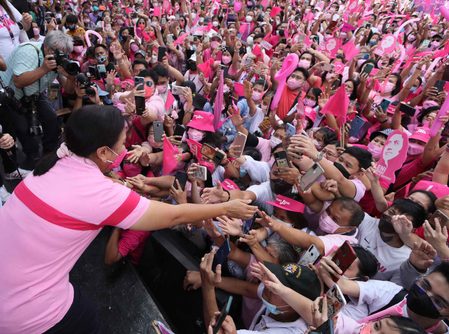
![[Newspoint] Improbable vote](https://www.rappler.com/tachyon/2023/03/Newspoint-improbable-vote-March-24-2023.jpg?resize=257%2C257&crop=339px%2C0px%2C720px%2C720px)
![[Newspoint] 19 million reasons](https://www.rappler.com/tachyon/2022/12/Newspoint-19-million-reasons-December-31-2022.jpg?resize=257%2C257&crop=181px%2C0px%2C900px%2C900px)
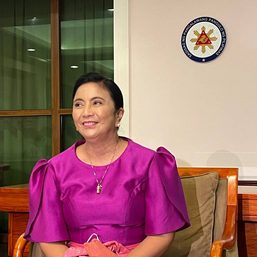








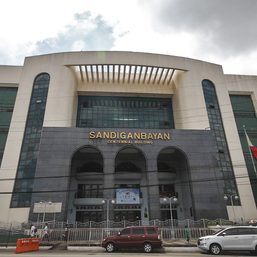




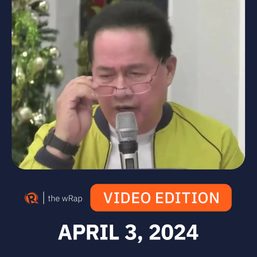
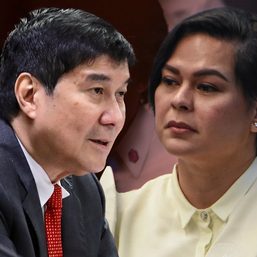
![[WATCH] In the Public Square with John Nery: The new pollsters](https://www.rappler.com/tachyon/2024/01/In-the-Public-Square-LS-SQ.jpeg?resize=257%2C257&crop=398px%2C0px%2C1080px%2C1080px)
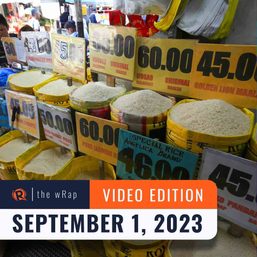
![[In This Economy] Marcos’ POGO ban is popular, but will it work?](https://www.rappler.com/tachyon/2024/07/thought-leaders-marcos-pogo-ban.jpg?resize=257%2C257&crop=255px%2C0px%2C720px%2C720px)
![[Rappler Investigates] POGOs no-go as Typhoon Carina exits](https://www.rappler.com/tachyon/2024/07/newsletter-graphics-carina-pogo.jpg?resize=257%2C257&crop=424px%2C0px%2C1080px%2C1080px)



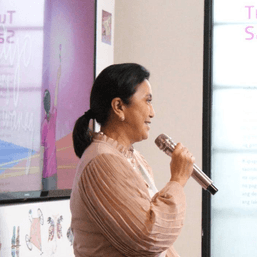

![[Newspoint] A fighting presence](https://www.rappler.com/tachyon/2024/07/thought-leaders-a-fighting-presence.jpg?resize=257%2C257&crop=441px%2C0px%2C1080px%2C1080px)
![[Closer Look] ‘Join Marcos, avert Duterte’ and the danger of expediency](https://www.rappler.com/tachyon/2024/06/TL-trillanes-duterte-expediency-june-29-2024.jpg?resize=257%2C257&crop_strategy=attention)

There are no comments yet. Add your comment to start the conversation.